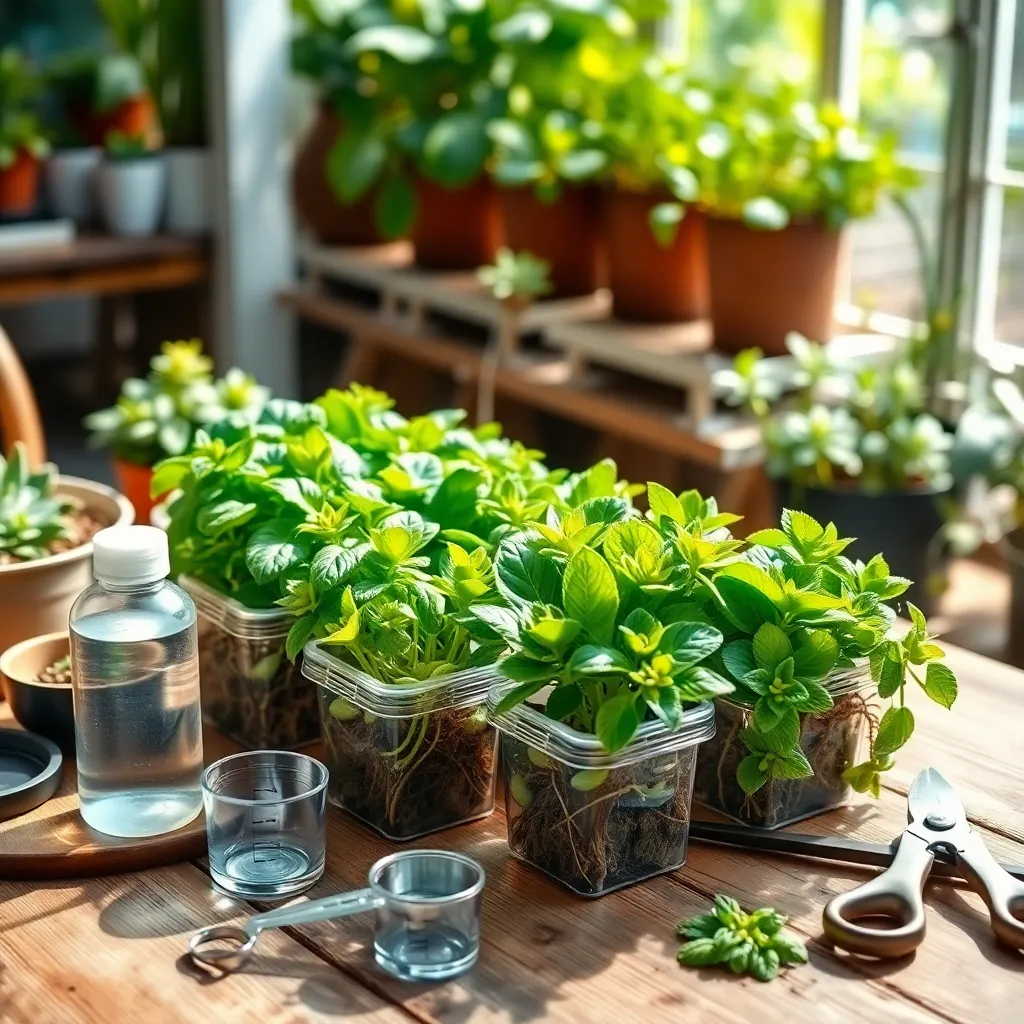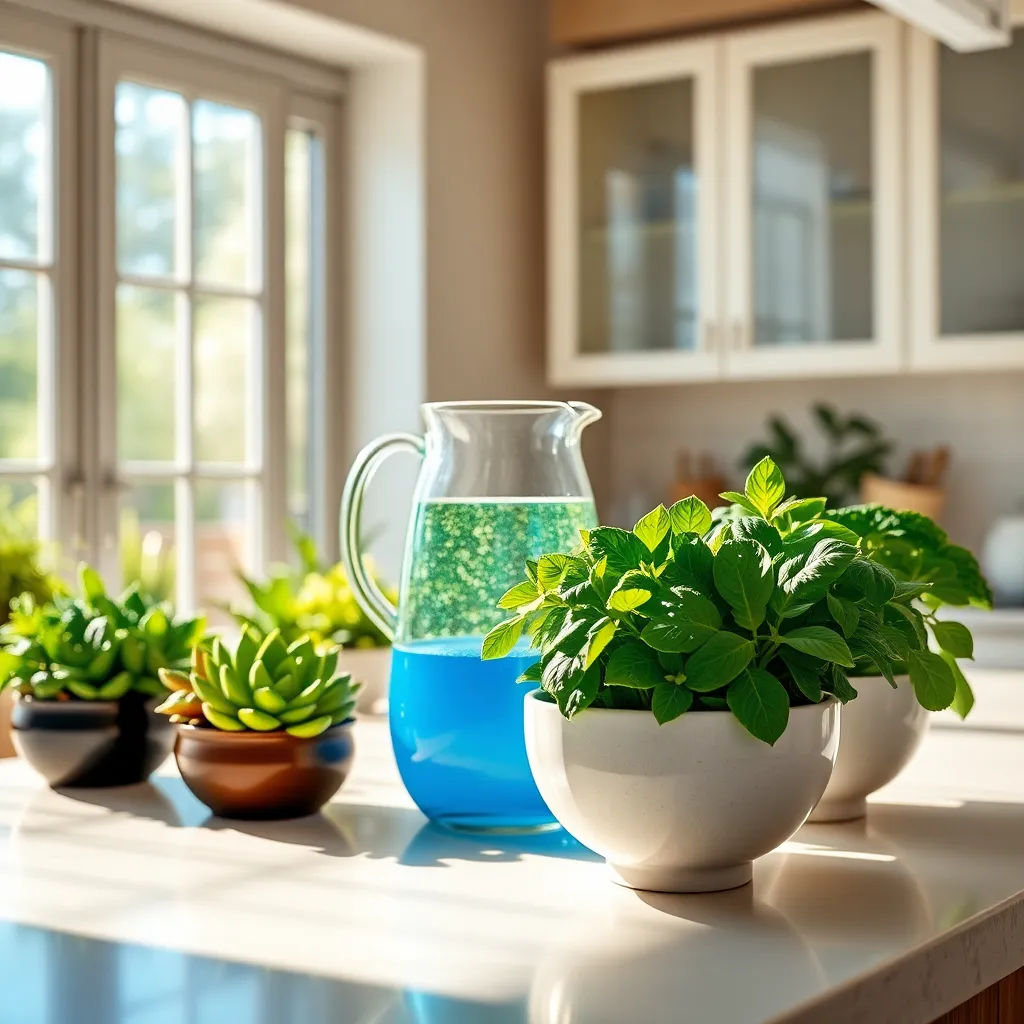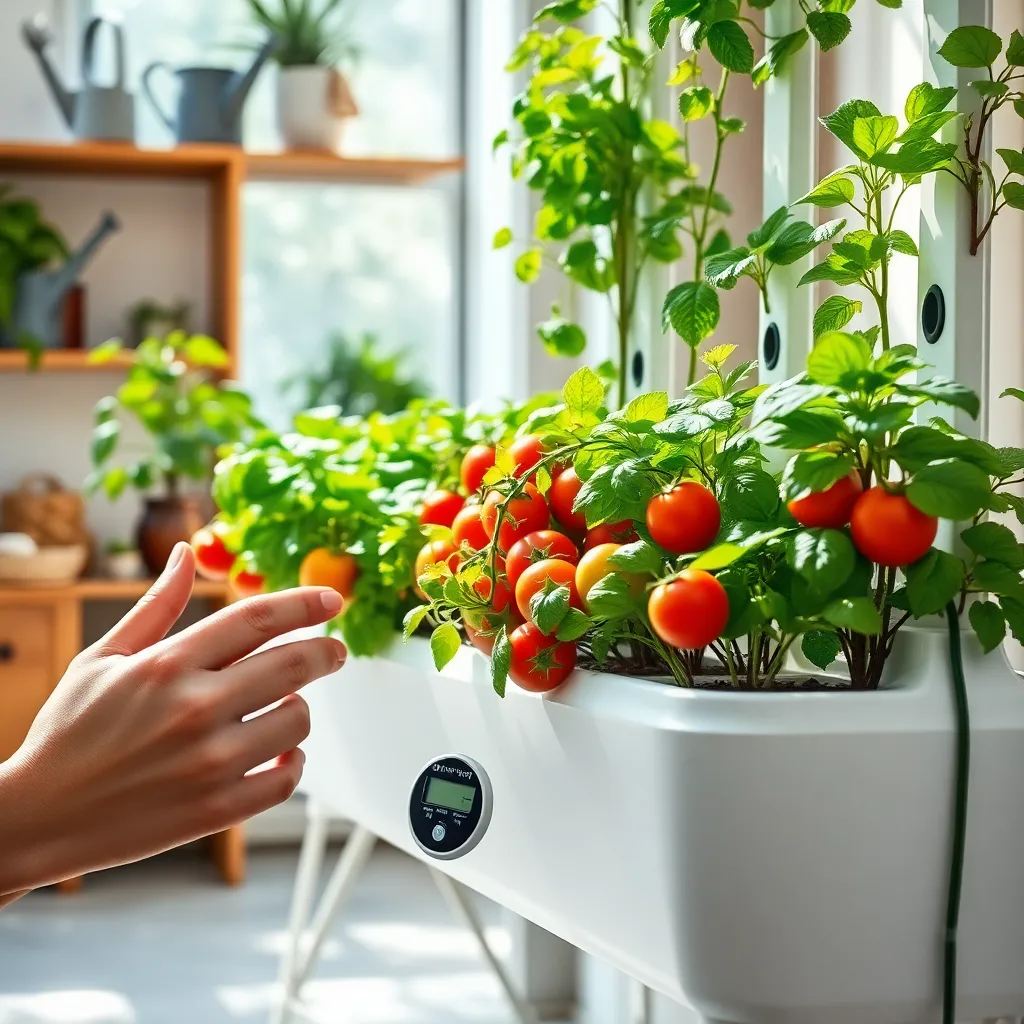Imagine a world where you can grow fresh, vibrant vegetables and herbs right in your own home, regardless of the season or soil quality. Hydroponic gardening opens up this world of possibilities, offering a soil-less system that uses water and nutrient solutions to cultivate plants efficiently and effectively. Whether you’re a seasoned gardener looking to expand your repertoire or a beginner eager to dip your toes into the world of homegrown produce, building a hydroponic garden can be a rewarding endeavor that fits your lifestyle and space.
As we embark on this journey together, you’ll discover the fundamentals of setting up a hydroponic system, from selecting the right equipment to understanding the balance of nutrients your plants need to thrive. We’ll guide you through the various types of hydroponic setups, helping you choose one that best suits your needs and space constraints. By the end of this article, you’ll have the confidence to transform a corner of your home into a lush, productive garden, reaping the benefits of this innovative approach to growing. Get ready to cultivate your own little oasis, and enjoy the satisfaction of homegrown food year-round.
Select the Hydroponic System

When selecting a hydroponic system, consider the types of plants you want to grow and the available space. Nutrient Film Technique (NFT) is ideal for smaller leafy greens, while Deep Water Culture (DWC) supports larger plants like tomatoes and peppers.
For beginners, a simple wick system might be the easiest to start with, as it requires minimal maintenance. Advanced gardeners may benefit from an aeroponic system, which uses mist to deliver nutrients and offers faster growth rates for experienced hands.
Hydroponic systems vary in complexity and cost, so it’s important to choose one that matches your budget and expertise.
- For cost-effectiveness, DIY systems can be customized using basic materials like PVC pipes or food-grade buckets.
Consider the light and temperature needs of your chosen plants to optimize growth conditions in your hydroponic setup. LED grow lights are a popular choice due to their energy efficiency and ability to provide a full spectrum of light.
Gather Essential Tools and Materials

To begin building your hydroponic garden, gather the essential tools and materials that will streamline your setup process. Having everything at hand not only saves time but also ensures that your plants have the optimal growing conditions right from the start.
Firstly, you’ll need a reliable water pump to circulate the nutrient solution throughout your system. This pump is crucial as it maintains consistent hydration and nutrient supply, preventing plant stress and promoting healthy growth.
Next, invest in a quality pH meter and an EC meter to monitor the chemical balance of your nutrient solution. Keeping the pH between 5.5 and 6.5 and ensuring the electrical conductivity (EC) stays within the plant-specific range enhances nutrient absorption efficiency.
Apart from these, you should have net pots and a growing medium like clay pellets or rock wool. These materials provide support and stability for the plant roots, while also allowing optimal moisture and airflow.
Assemble the Hydroponic Setup

Begin by setting up your hydroponic system in a location with adequate light, such as near a south-facing window or under grow lights. Ensure the area is clean and has easy access to water and electricity, which are essential for maintaining the system.
Next, assemble the reservoir and nutrient pump, which will supply essential nutrients to your plants. Make sure the connections are secure and that the pump operates smoothly, as this step is crucial for delivering a steady flow of nutrients.
After setting up the reservoir, install the growing trays or containers that will hold your plants. Use containers that allow for proper drainage and aeration, as these factors are critical for healthy root development.
Consider using a timer to automate the watering schedule, ensuring your plants receive a consistent supply of nutrients. This helps prevent overwatering or nutrient deficiencies, which can adversely affect plant growth.
Mix and Add Nutrient Solution

Once your hydroponic setup is assembled, the next crucial step is to mix and add the nutrient solution. This solution provides your plants with all the essential minerals they need to thrive, as soil would in traditional gardening.
To begin, choose a high-quality hydroponic nutrient mix formulated for the types of plants you are growing. Follow the manufacturer’s instructions precisely when mixing the solution to ensure your plants receive the correct balance of nutrients.
It’s important to use water that is free from impurities, such as distilled or reverse osmosis water, to prevent any unwanted chemicals from affecting your plants. Once you’ve mixed your solution, check the pH level with a pH meter, adjusting it to a range of 5.5 to 6.5, which is optimal for most hydroponic plants.
Regularly monitor the nutrient solution to maintain its effectiveness. Every one to two weeks, refresh the solution to avoid nutrient imbalances that could stunt plant growth.
For advanced gardeners, consider using an EC meter to measure the electrical conductivity of your nutrient solution. This helps ensure that your plants are receiving the correct concentration of nutrients, especially if you are growing a variety of plants with different nutritional needs.
Plant and Monitor Your Crops

Begin by selecting the right plants for your hydroponic system, focusing on fast-growing and water-loving varieties like lettuce, spinach, or herbs such as basil and mint. Ensure your seeds or seedlings are healthy and free of any diseases to give them the best start possible.
When planting, be sure to place seeds or seedlings in net pots filled with a sterile growing medium, such as expanded clay pellets or rockwool, to support their roots. Position these pots so they’re well-secured in the system and able to receive the nutrient solution consistently.
Regular monitoring of your hydroponic garden is crucial to its success. Check the pH levels and nutrient concentration in the water weekly, keeping the pH between 5.5 and 6.5 for optimal nutrient absorption.
Pay attention to the lighting conditions, as most plants require 12 to 16 hours of light daily for vigorous growth. Use LED grow lights positioned about 6 inches above the plants to mimic natural sunlight, adjusting as plants grow taller.
Advanced gardeners can experiment with adjusting the nutrient solution to match the growth phase of their plants, providing more nitrogen during the vegetative stage and phosphorus during flowering. This precise attention to detail can maximize yield and lead to healthier plants overall.
Conclusion: Growing Success with These Plants
In wrapping up ‘How to Build a Hydroponic Garden,’ we explored five vital relationship concepts that extend beyond the garden into our personal connections. We started with the importance of a solid foundation, emphasizing trust and communication, akin to choosing the right medium for your plants. Next, we delved into nurturing growth by consistently providing attention and care, mirroring the nutrient-rich solutions vital for plant health. We also discussed adaptability, the art of adjusting to change, whether it’s in water levels or relationship dynamics. Moreover, the value of patience was highlighted, knowing that, like plants, relationships thrive over time. Finally, we touched on problem-solving, learning to address issues before they become overwhelming.
As a next step, take a moment to reflect on one area in your relationships that could benefit from more attention and apply one of these concepts today. Save this article as a guiding light on your journey, ensuring these insights are always within reach. Remember, nurturing your relationships, much like a hydroponic garden, promises rewarding growth. Bookmark this piece to revisit the strategies that will help your relationships flourish now and into the future.
